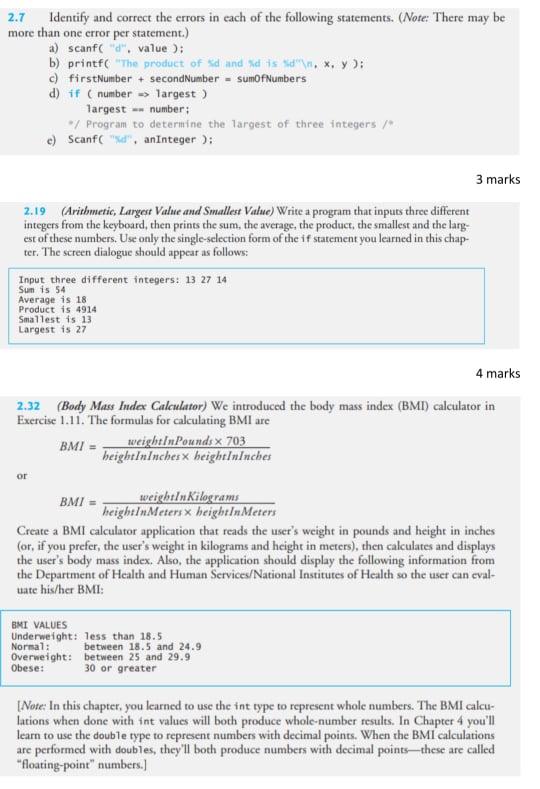Answered step by step
Verified Expert Solution
Question
1 Approved Answer
solution with C++ 2.7 Identify and correct the errors in each of the following statements. (Note: There may be more than one error per statement.)
 solution with C++
solution with C++
Step by Step Solution
There are 3 Steps involved in it
Step: 1

Get Instant Access to Expert-Tailored Solutions
See step-by-step solutions with expert insights and AI powered tools for academic success
Step: 2

Step: 3

Ace Your Homework with AI
Get the answers you need in no time with our AI-driven, step-by-step assistance
Get Started


